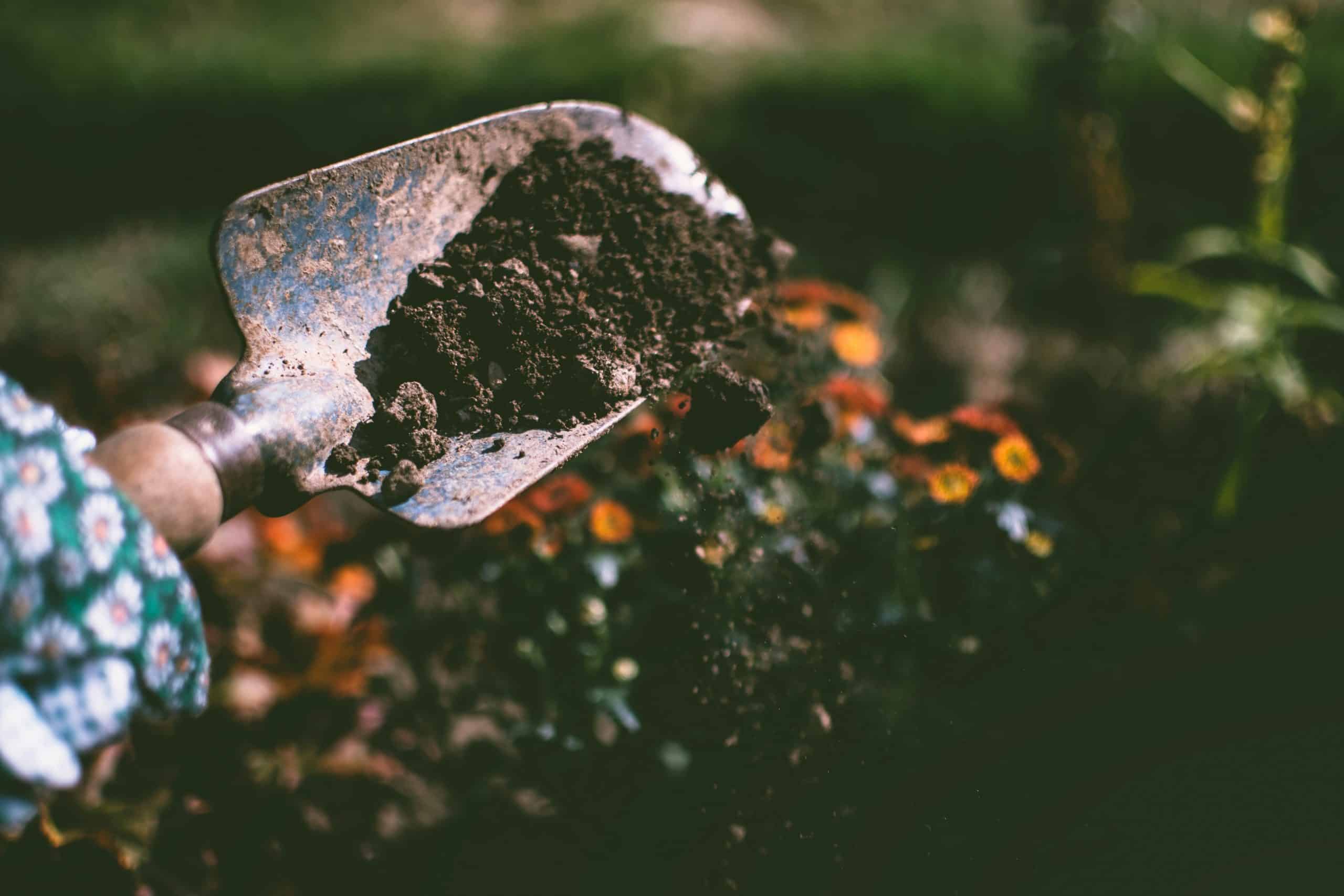
27 Sep Why Fall is the Best Time to Plant?
As summer quickly escapes us and we move into late September, we are left with warm days and cool nights. As Nebraskans, we celebrate this time because it means Husker Football Saturdays and evenings around the fire with friends. It also reminds us we have a limited number of days left before snow flies. Trendy as a Pumpkin Spice Latte, fall is the perfect time to plant wildflowers, perennials, and bulbs. Let’s dig into why the fall is the best time to plant.
During the warm months, plants spend their energy forming their flowers and leaves. Planting during the hottest parts of summer can cause plants to become stressed by the scorching sun. When our midwest seasons change and air temperatures start to drop, the soil is warm from summer’s heat and will continue to lag behind the current air temperatures for several more weeks. Warm soil is the perfect growing environment for roots to get comfortable in their new environment and establish themselves before winter.
We cannot forget our pollinator friends that we shared love for last month. Insects struggle to find viable food sources at either end of the growing seasons. By planting in the fall, plants are able to emerge earlier, providing early-spring blooms. By selecting a mix of plants that bloom in the early spring and the fall, you will be doing your part to provide nectar sources that support our pollinators. To read more about how you can help support our pollinators, check out last months blog, “Save the Bees once and Flor-all”
Here in Nebraska, the ground doesn’t usually freeze completely until November or December. While this allows a short window for root growth in the fall, it is a perfect planting time because the ground temperature is still warmer than the air temperature. Shorter days mean that photosynthesis slows down, plants get the signal that it is time to prepare for winter and require less water than in the spring as they change their focus to growing a stronger, deeper root base. This also means that the plants will bloom earlier when the ground begins to thaw because they have a healthy, established root base.
Fall is also when you need to plant any spring-blooming bulbs. Cheerful spring flowers like tulips, daffodils, and alliums require a wintering or extended cold season in the ground to properly develop the flowers. Don’t get in a hurry, though; you will want to wait until ground temps are 55* or cooler.
Make sure to add icing to your cake per se with fresh mulch to protect roots. A two-three-inch layer of organic mulch will help conserve moisture in the soil and insulate the soil, keeping ground temps warmer longer to give roots more time to become established before the ground freezes. Mulch also helps moderate soil temperatures through the winter, minimizing rapid swings between freezing and thawing that can damage roots if they become exposed to air. Another way to protect your garden is by leaving plants up for the winter. This helps the garden insulate itself, capture moisture and protect any pollinators that are overwintering in your garden. It also adds visual interest to your winter landscape.
Are you ready to start your fall plantings? Call us today to meet with one of our landscape designers and start your fall plantings today!


